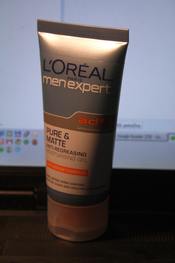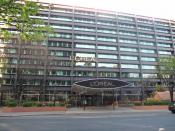L'Oreal of Paris Case Write-up�
Question A.
French market for Plénitude was a resounding victory under the "class of the mass" strategy. The creative positioning - introduced at a 30% price premium over incumbents- brought the early success of achieving sales of one million units in 1983. From 1984 to 1987, Plénitude focused on moisturizer initially, and later introduced cleansers after their moisturizers have created an "technologically advanced" image for the product line. "For 1987, its dollar share of the French mass moisturizer market was a leading 19.6% vs. Henkel's Diadermine 13% and Nivea's 8.8%." Plénitude's success in France was base on its "formula for success": have technologically superior products; "star product" strategy; "golden rules" of advertising naming.
But would these segments (moisturizer and cleanser) be as successful in US, as in French? The answer lies within the market shares of L'Oreal and its main competitor's three main product lines.
In the U.S. market, moisturizers were of two basic types: daily care and treatment care. The total market share of Moisturizers for Plénitude in 1995 was 14%. In the daily moisturizer line, it had a 4.9% market share which ranked 3rd place following Olay and Ponds; on the other hand, Plénitude was doing pretty good in the treatment moisturizer line by leading the market with 9.1% market share. In terms of the cleansers line, it was far from satisfactory. It only represented 3.4% in this market which puts it in last place among its main competitors in 1995. (See appendix)
What are the reasons for the three line's success and downfall? We need to get a full picture of Plénitude's strategy in the U.S market. The U.S. strategy was to introduce the entire line as it had been developed in France. Under this strategy, the treatment moisturizer line was quite...


